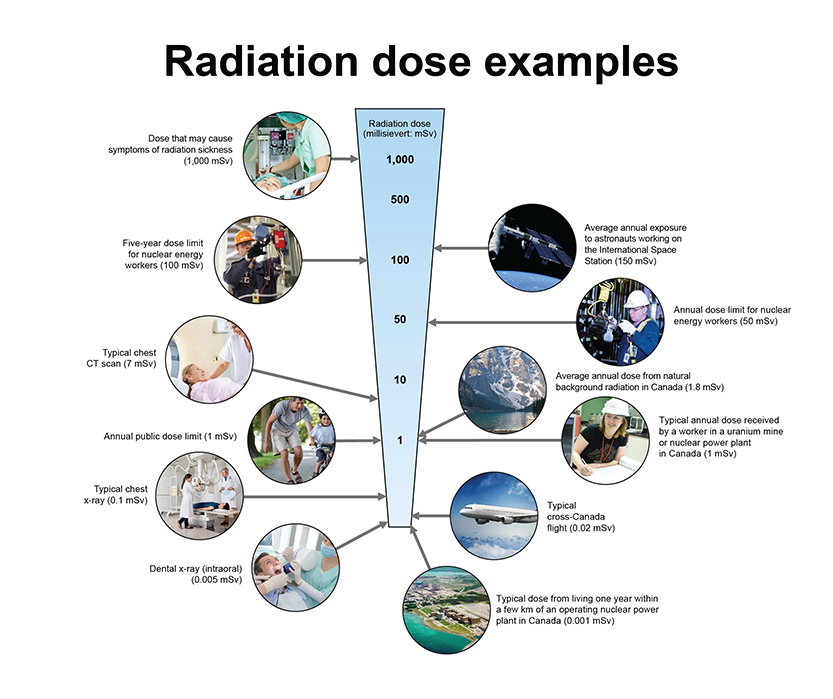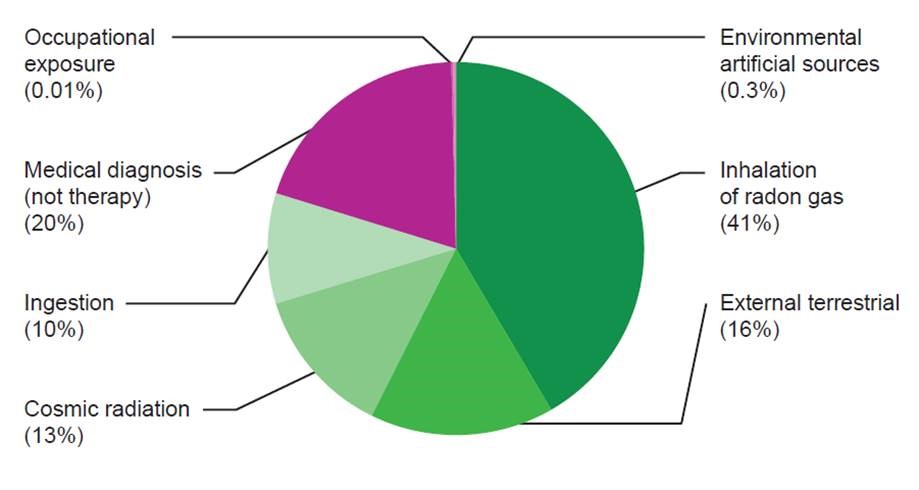Uranium
Uranium is a naturally occurring element that is present at low levels in the environment. It can be found in various rocks and ores, soils, water, air, plants, and at low concentrations in animal tissue.
Radiation, including UV radiation from the sun, is a known carcinogen, but natural uranium is not. It has not been classified as a carcinogen by the International Agency for Research on Cancer (IARC). On the other hand, specific radionuclides that emit either alpha or beta particles known to cause cancer, like Radon gas, are classified as carcinogens.
Most people are primarily exposed to uranium through the ingestion of food and water. The amount of uranium in air is generally very small. Drinking water for residents in the City of Peterborough is routinely tested by the Peterborough Utilities Commission for a number of organic and inorganic materials, including uranium. Uranium levels in city drinking water fall far below the maximum acceptable concentration. Copies of the latest city water quality reports can be found here. Water from private wells may contain uranium. The Ontario Drinking Water Quality Standards sets a maximum acceptable concentration of uranium in drinking water of 0.02mg/l. Uranium can occur naturally in some rock formations into which wells are drilled. You can have your well water tested for uranium at an accredited lab. A list of labs can be found here.
Uranium is considered to be weakly radioactive. Naturally occurring uranium contributes to low levels of natural background radiation that individuals receive from a variety of sources, such as from the soil and cosmic radiation originating from outer space. The dose from ionizing radiation is measured in sieverts (Sv), or more typically in millisieverts (mSv). The total worldwide average effective dose from natural radiation is approximately 2.4 mSv per year; in Canada, it is 1.8 mSv per year. To better understand radiation doses and different kinds of exposures, please visit the Canadian Nuclear Safety Commission website here.
Resources
Uranium Processing: Myths & Facts
Canadian Radiation Dose Calculator

Photo Credit: http://nuclearsafety.gc.ca/eng/resources/radiation/introduction-to-radiation/radiation-doses.cfm
Average annual doses of ionizing radiation by source (worldwide)

Source: Wild CP, Weiderpass E, Stewart BW, editors (2020). World Cancer Report: Cancer Research for Cancer Prevention. Lyon, France: International Agency for Research on Cancer. Available from: http://publications.iarc.fr/586. Licence: CC BY-NC-ND
3.0 IGO.

